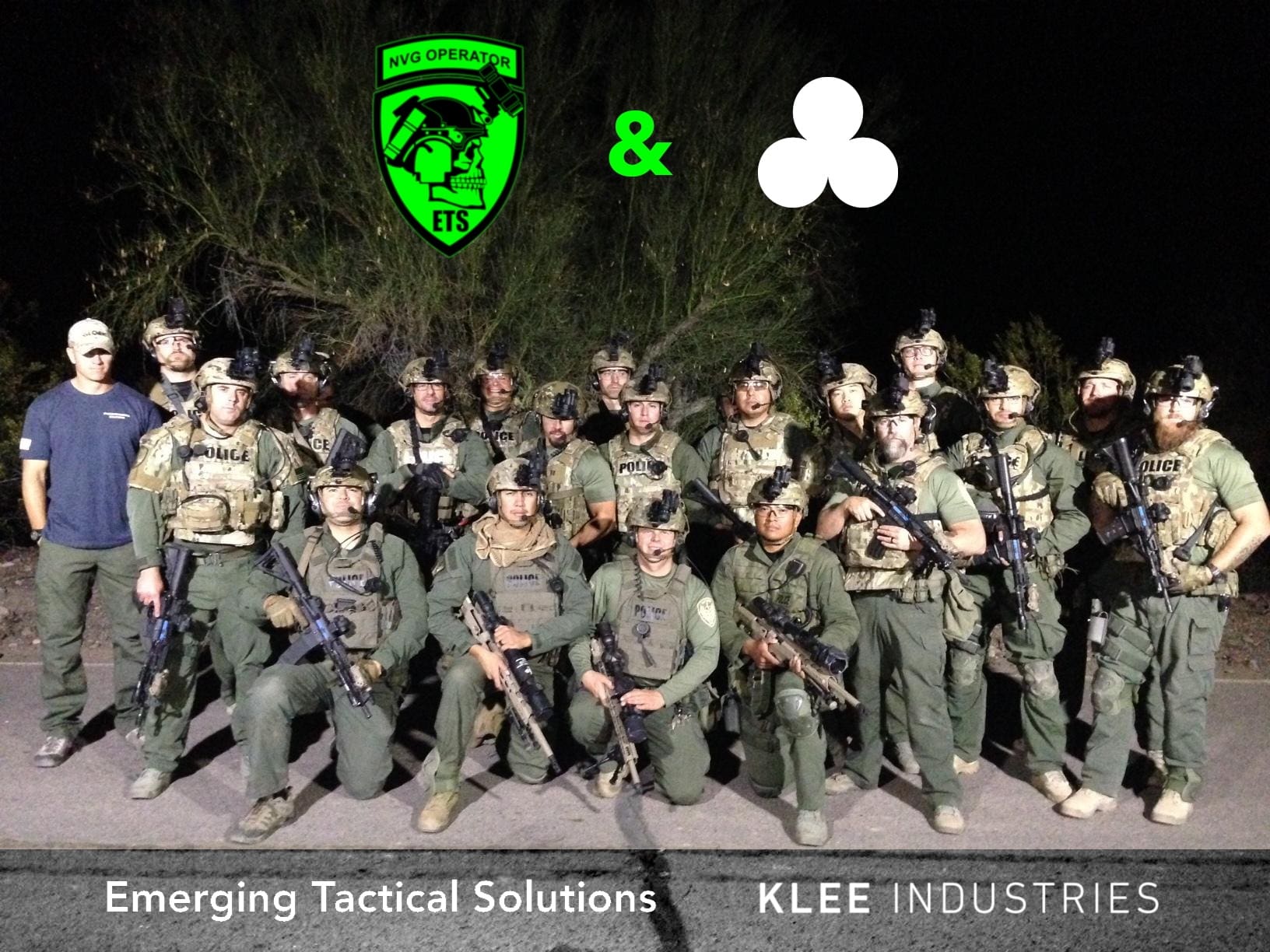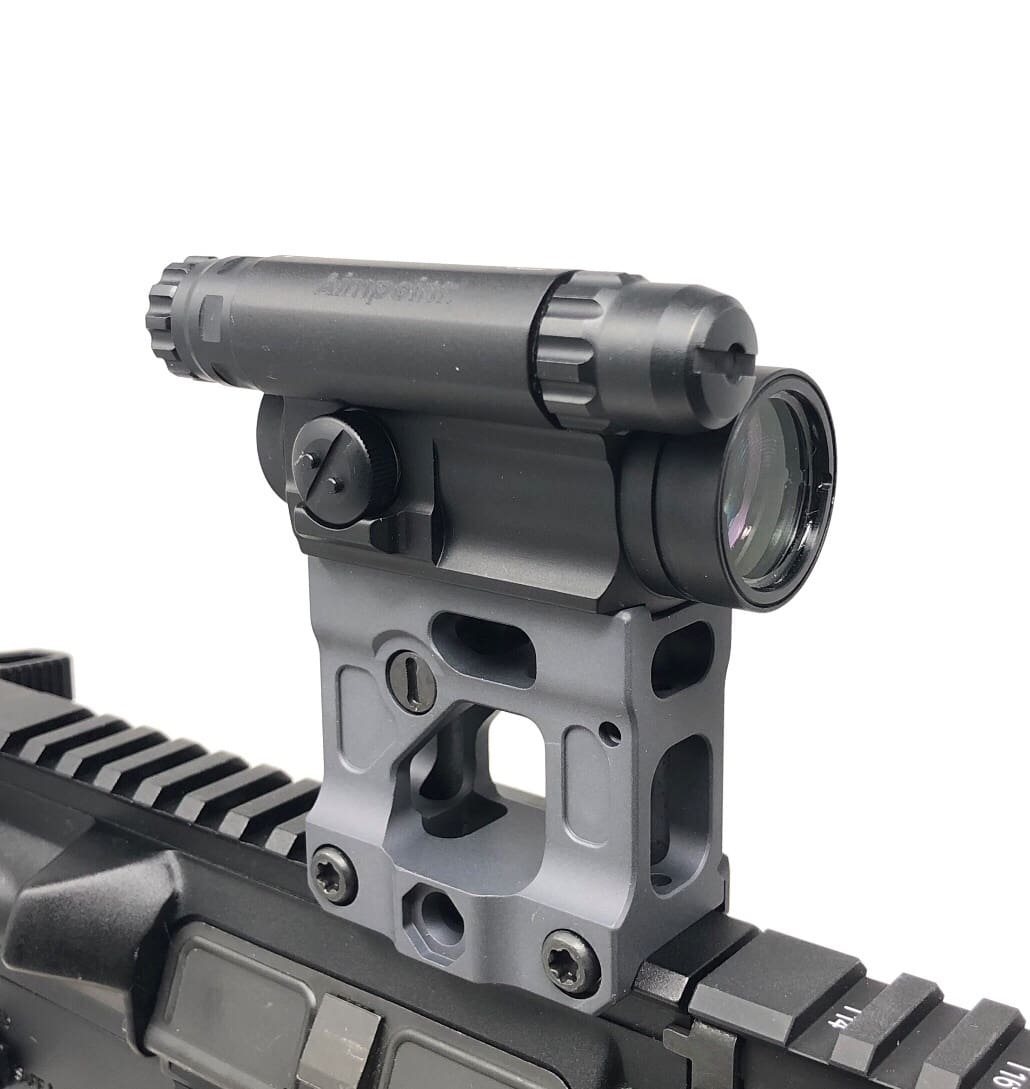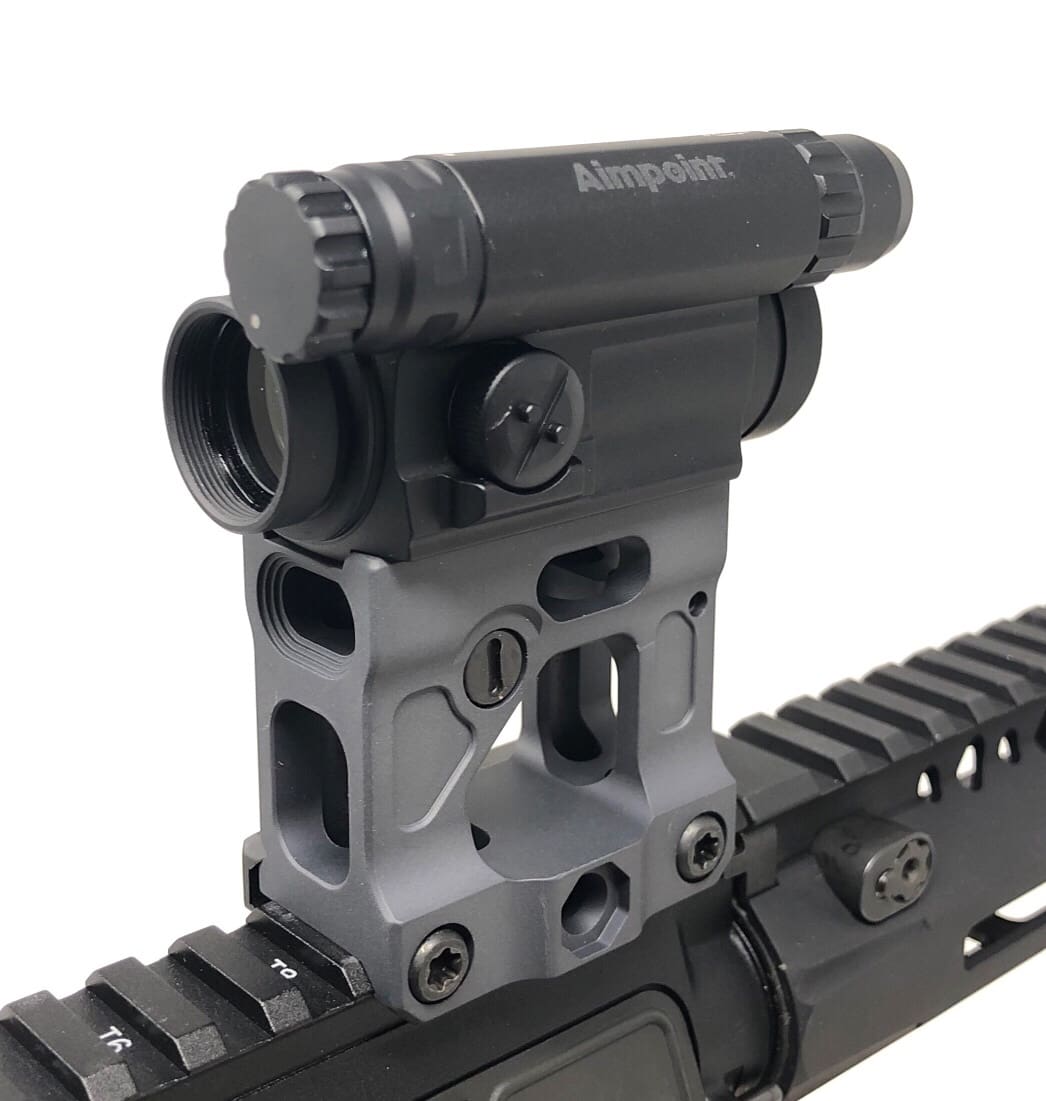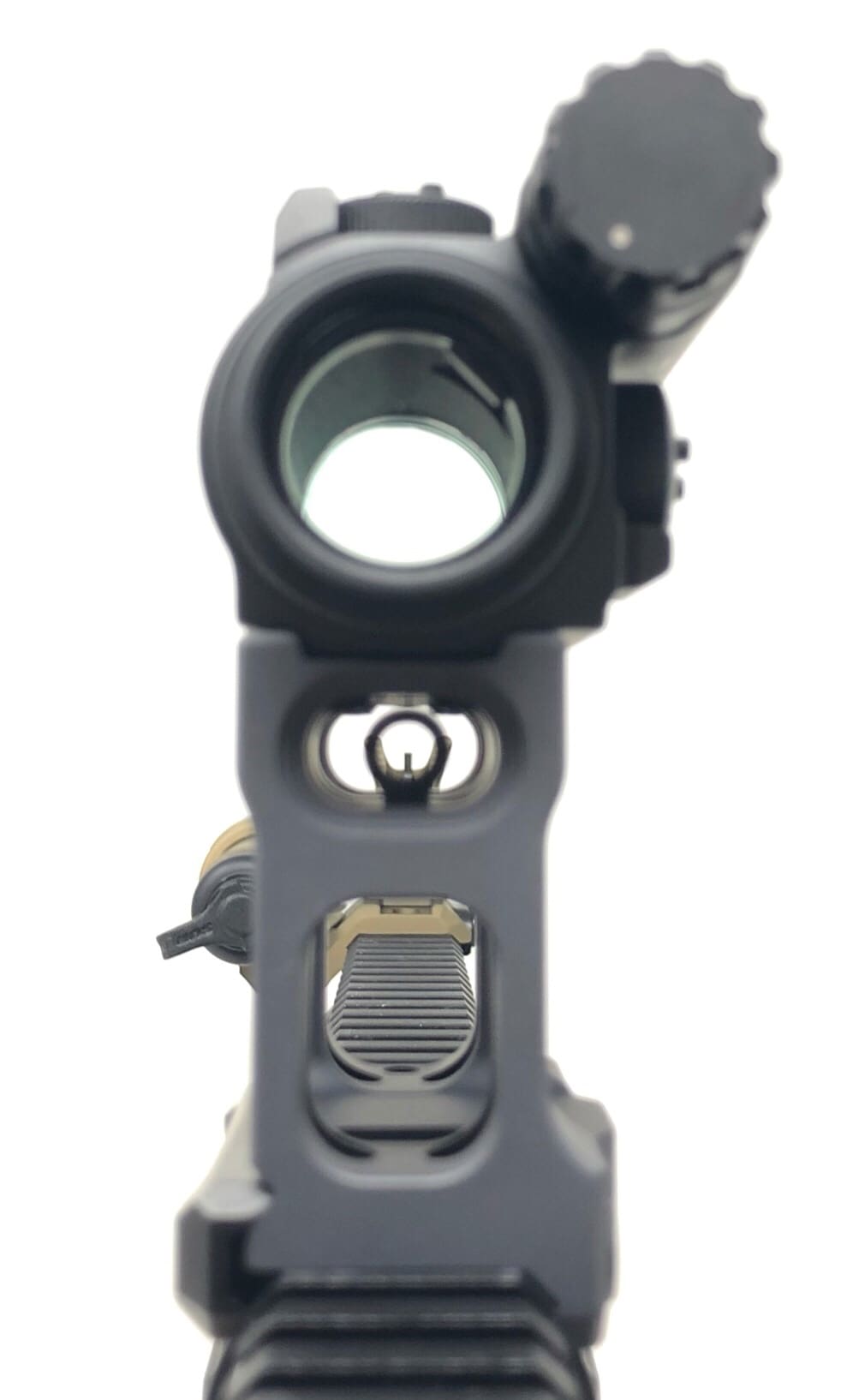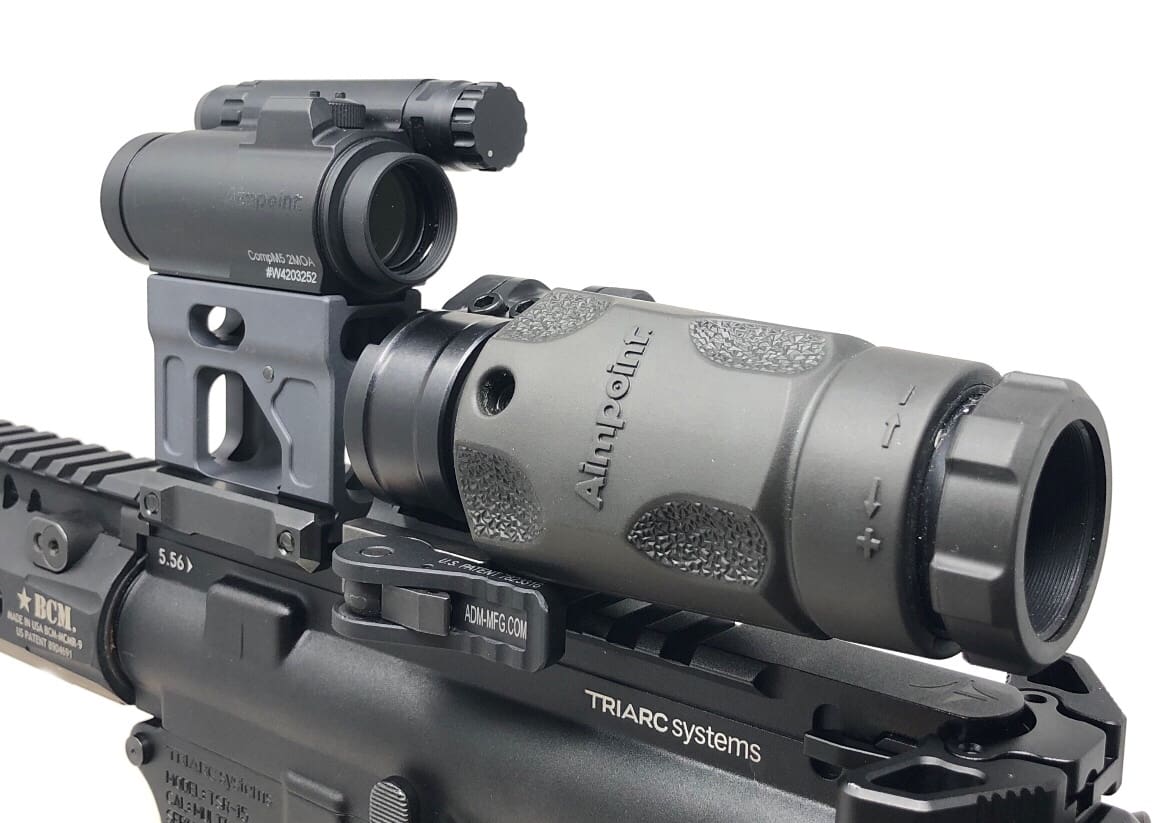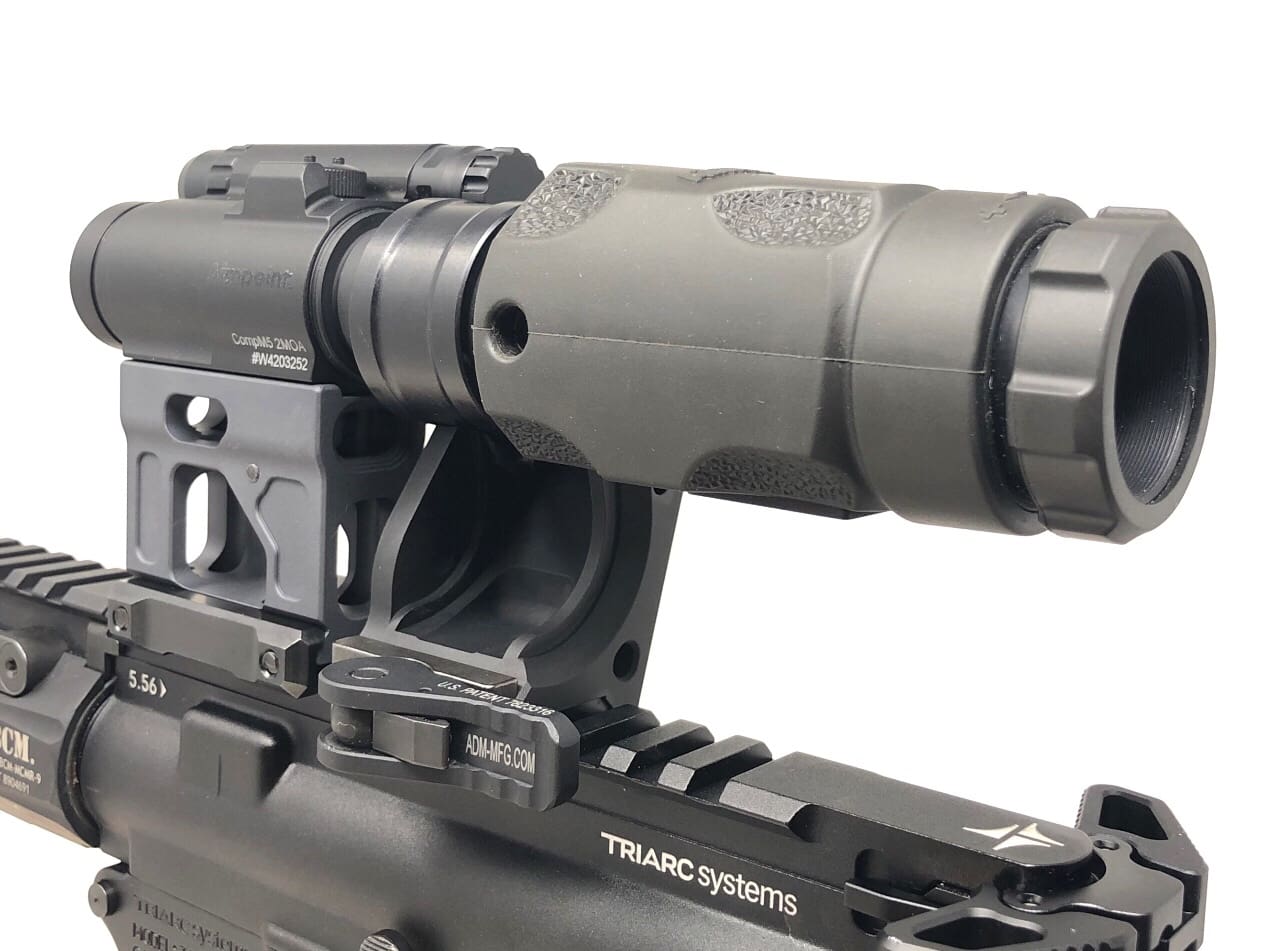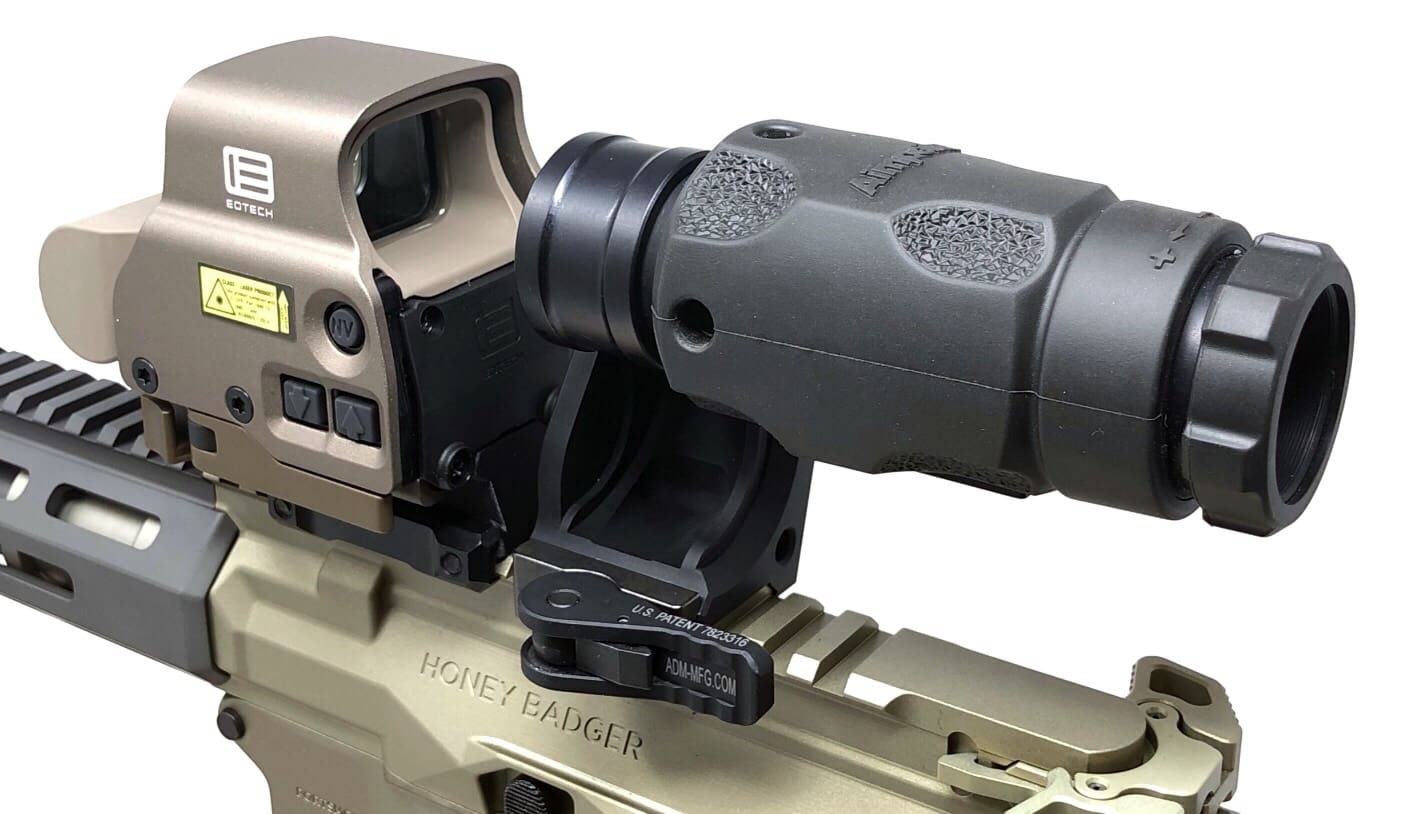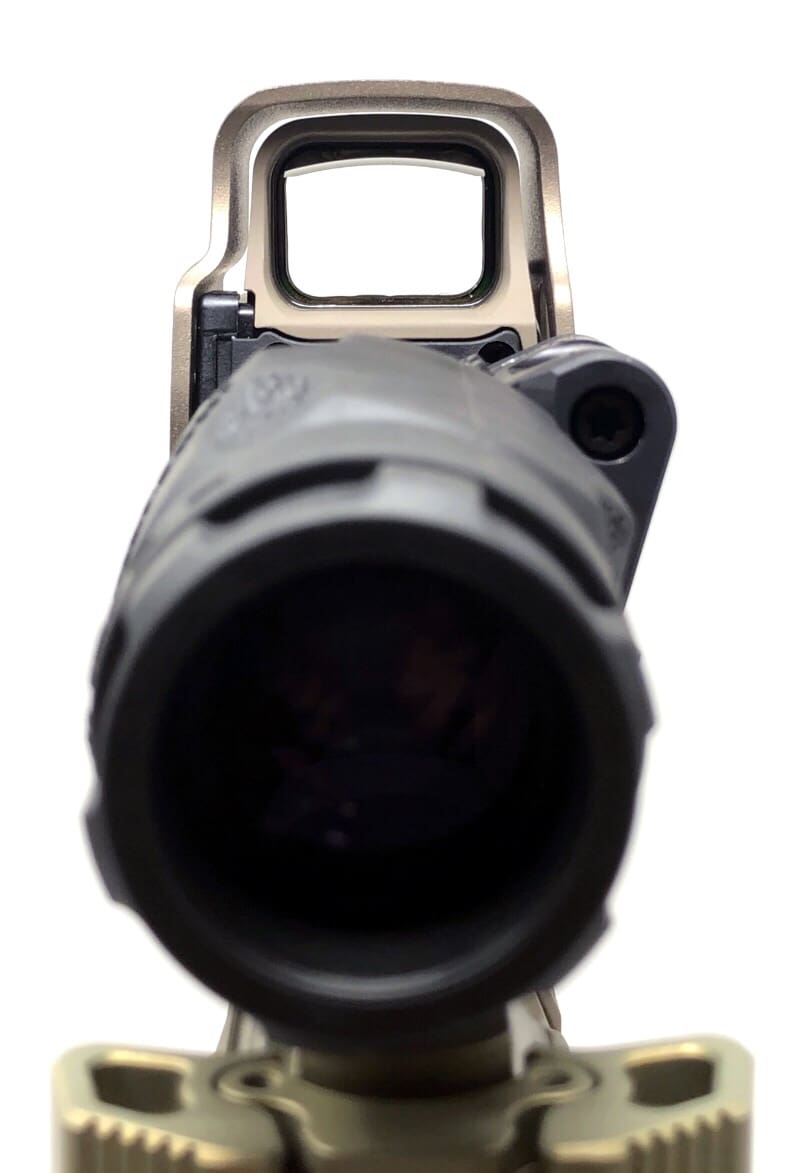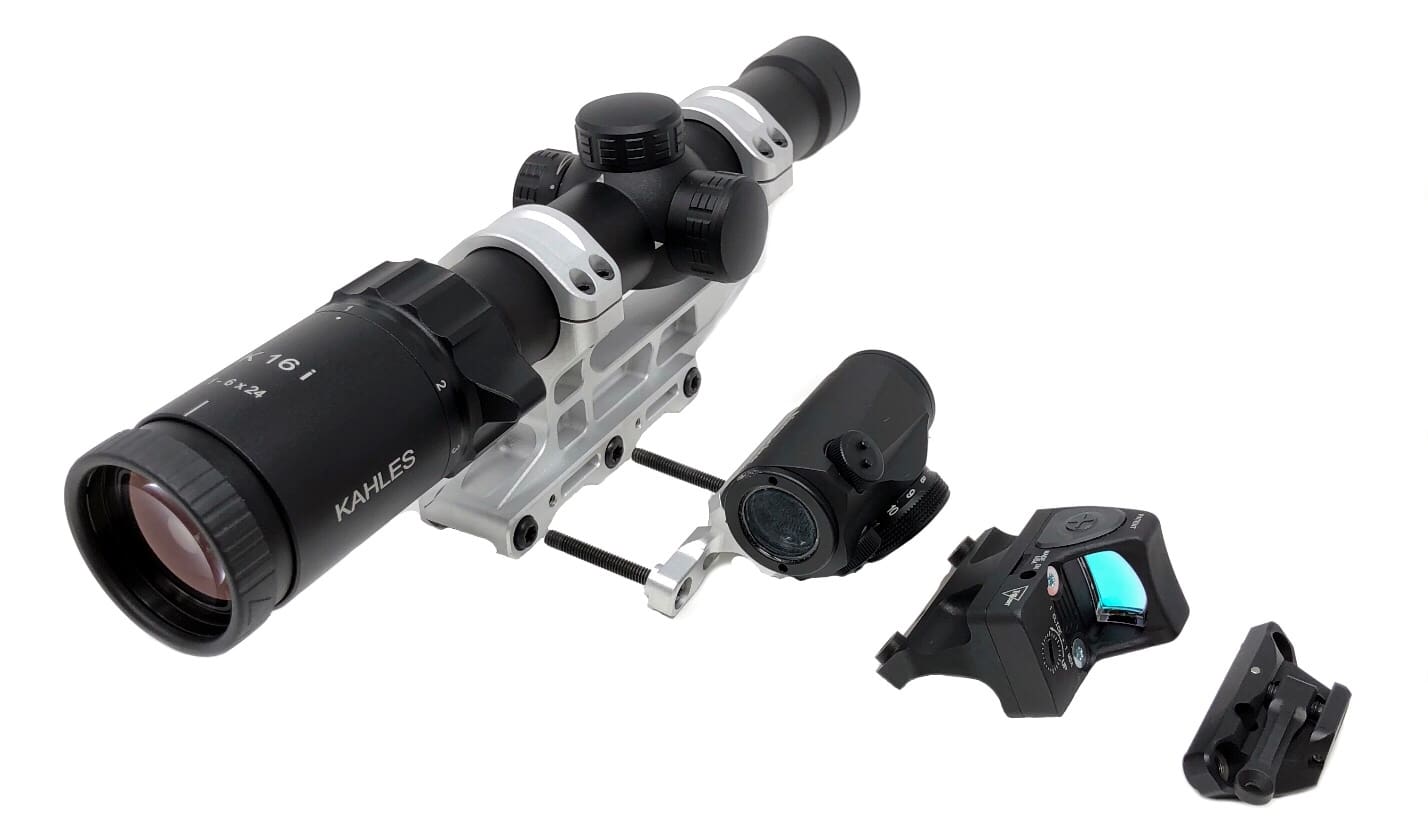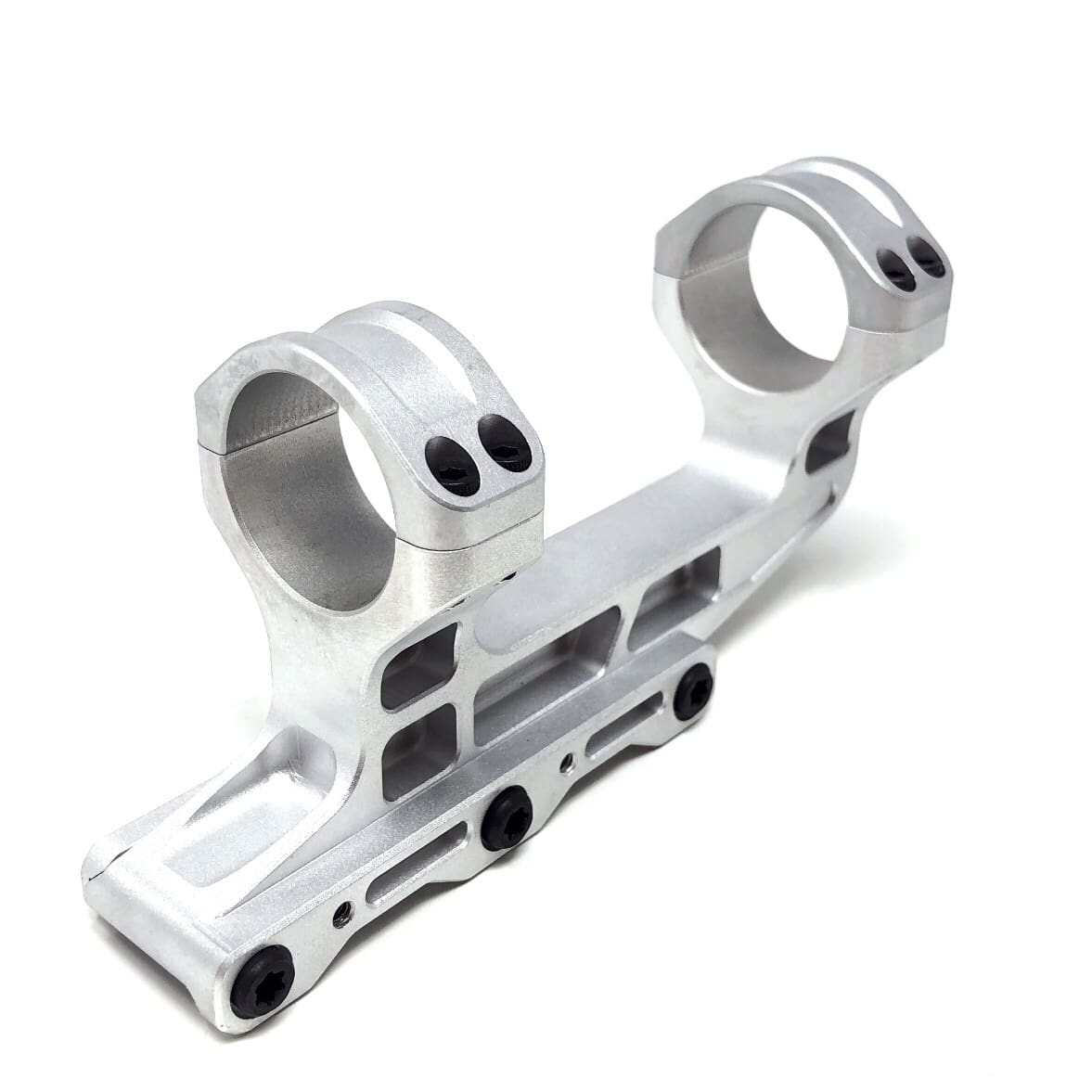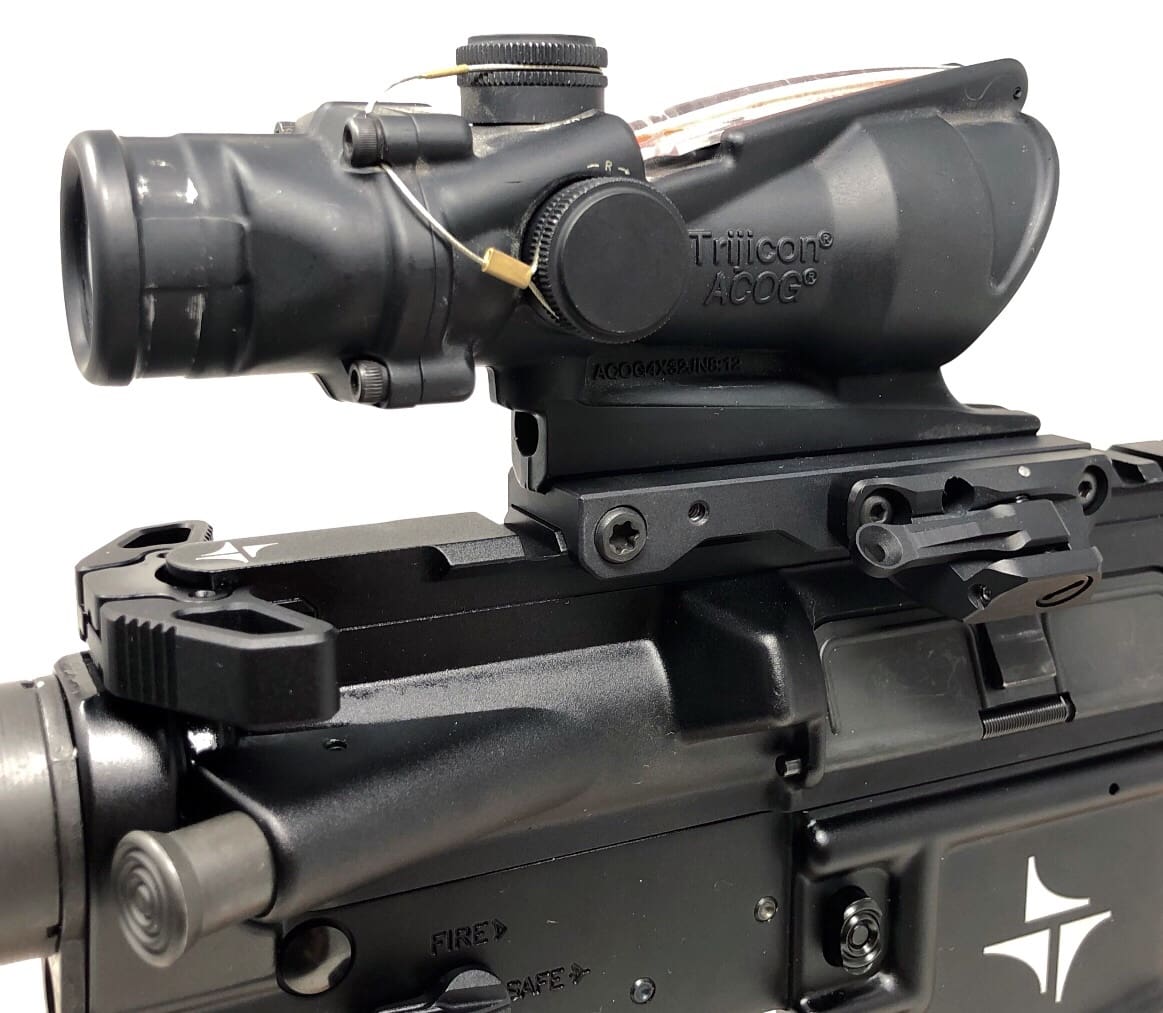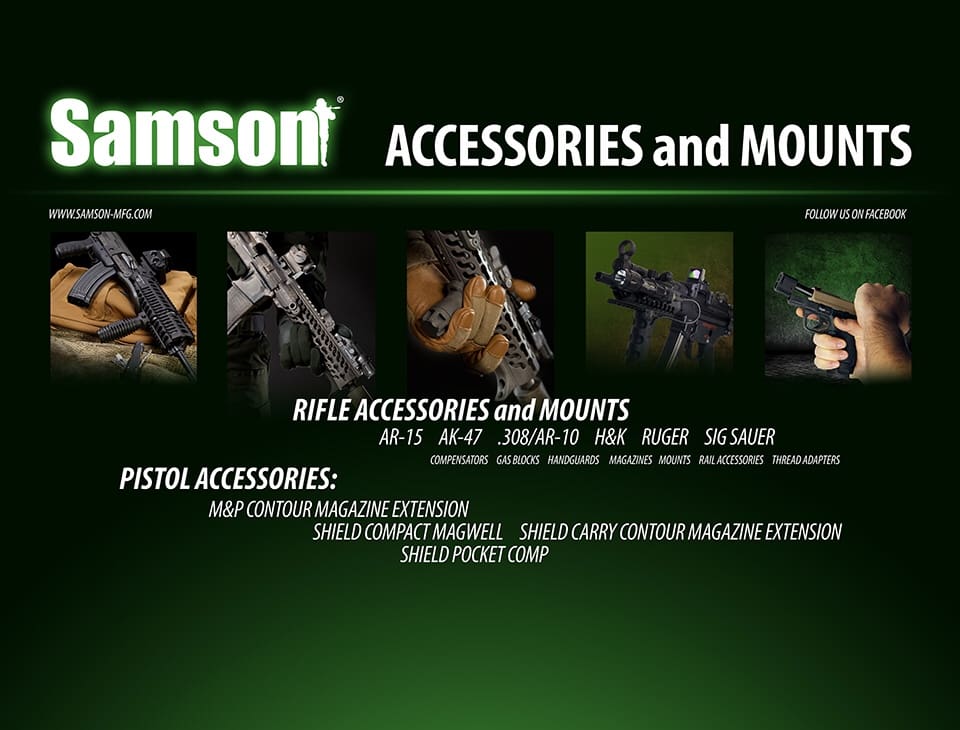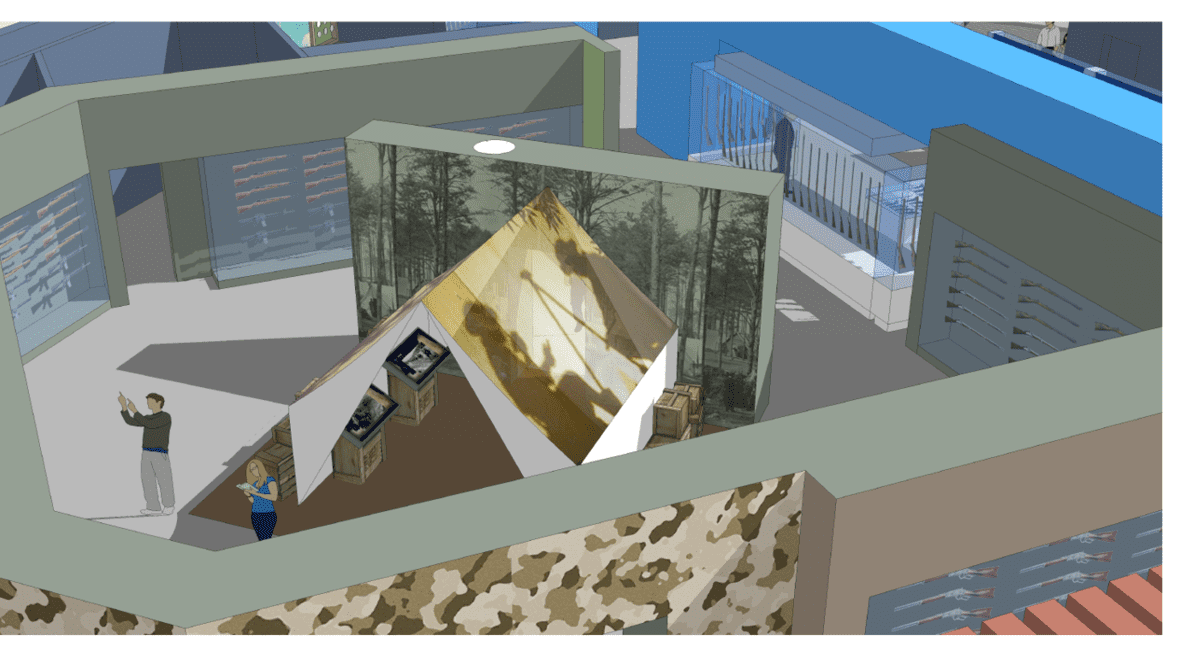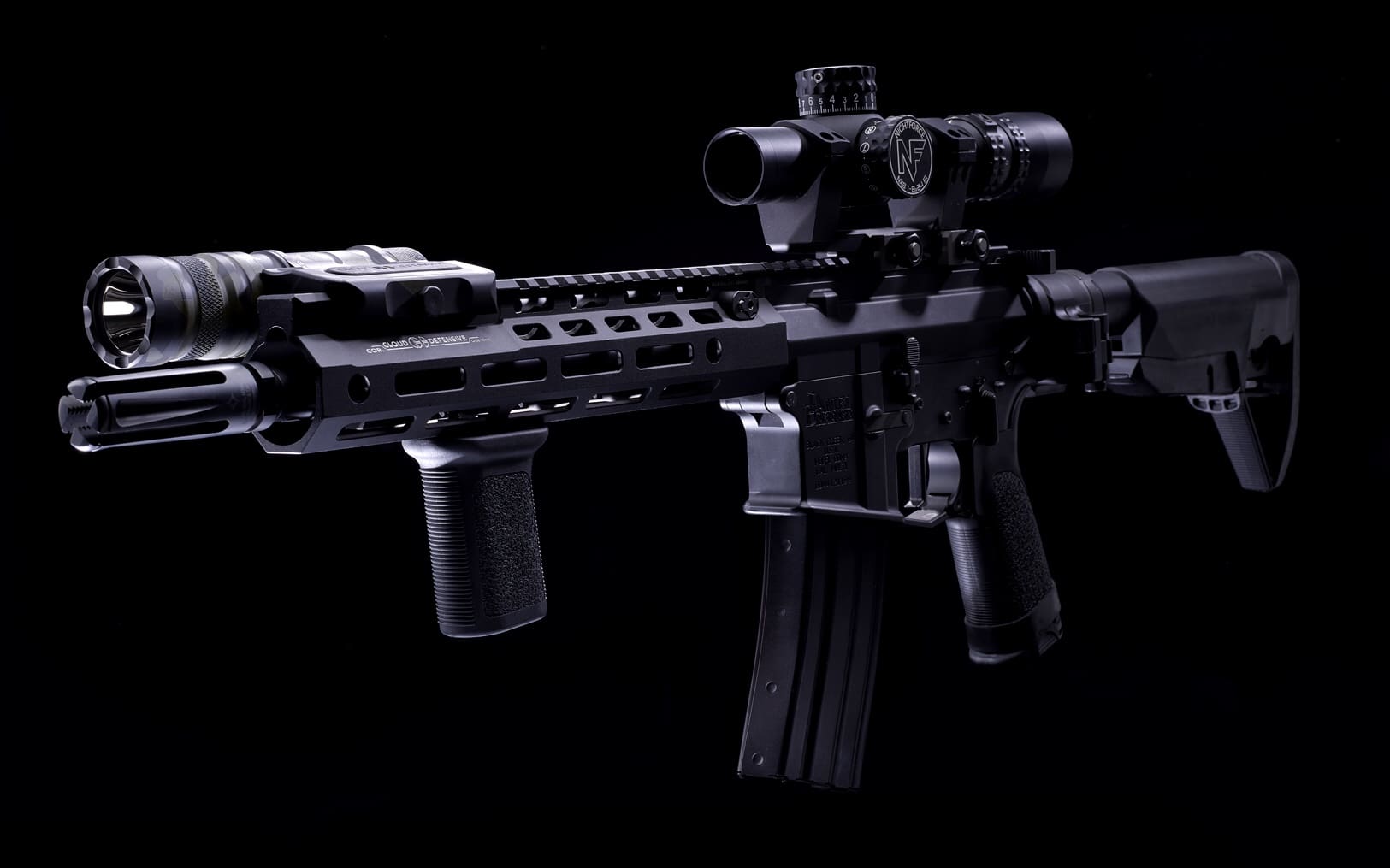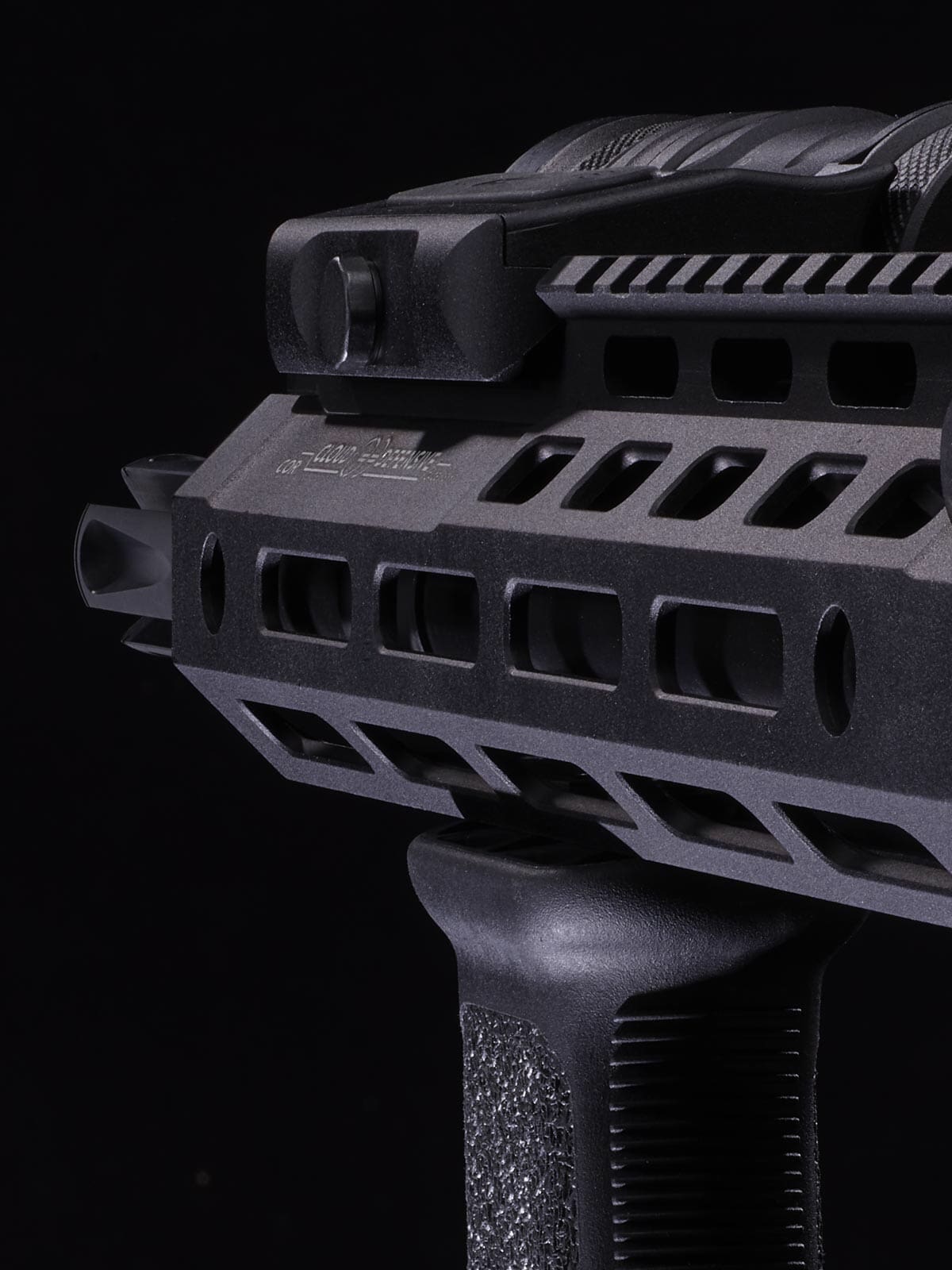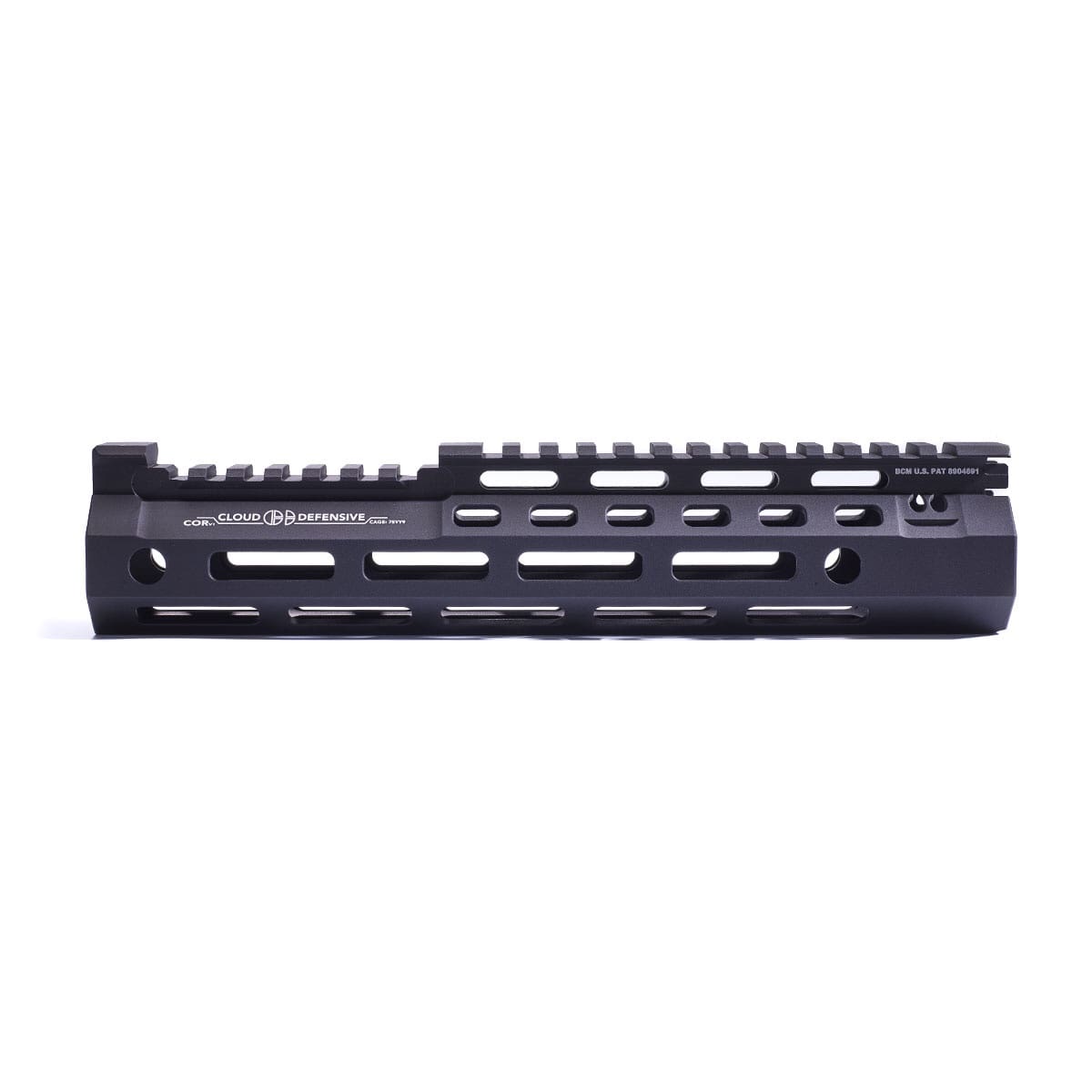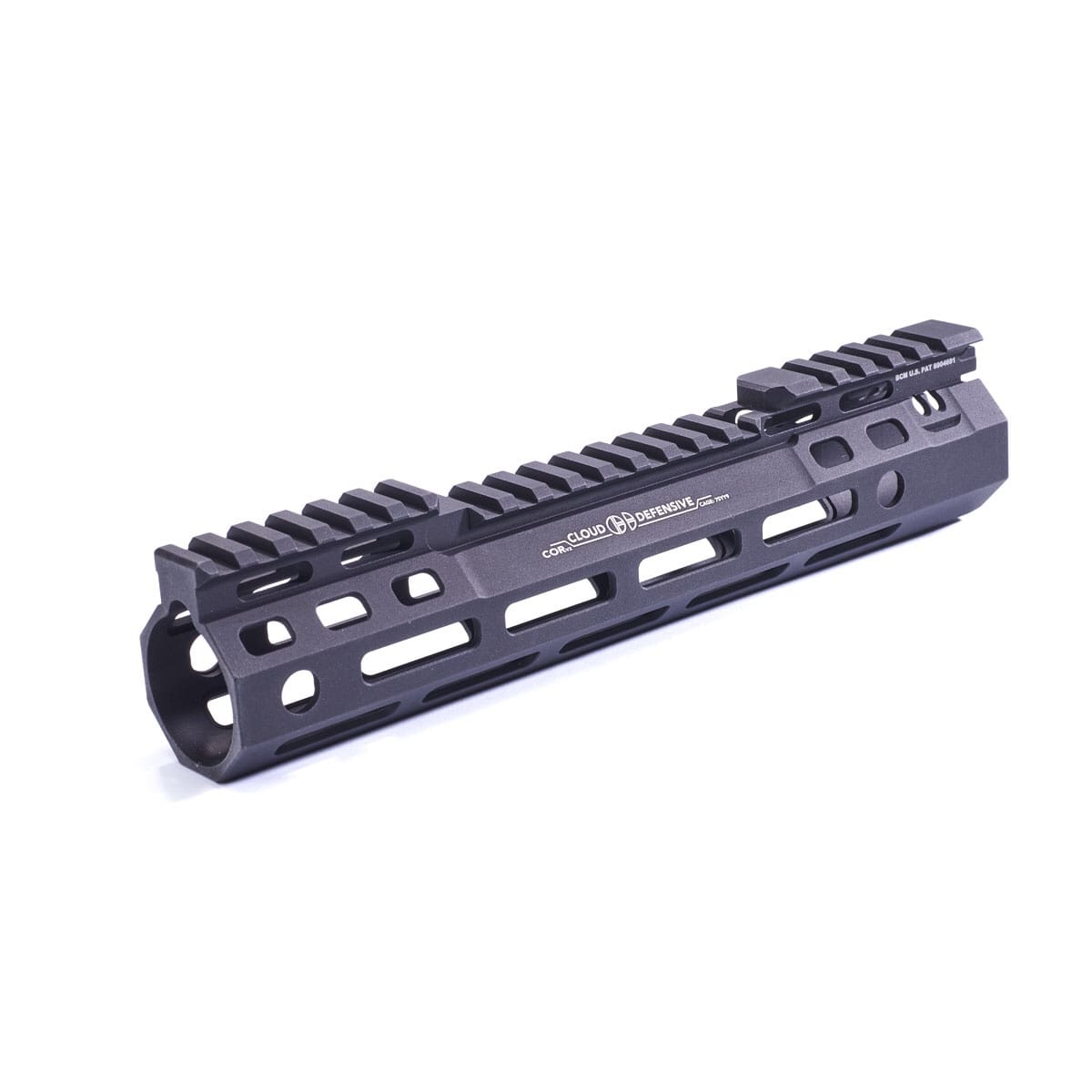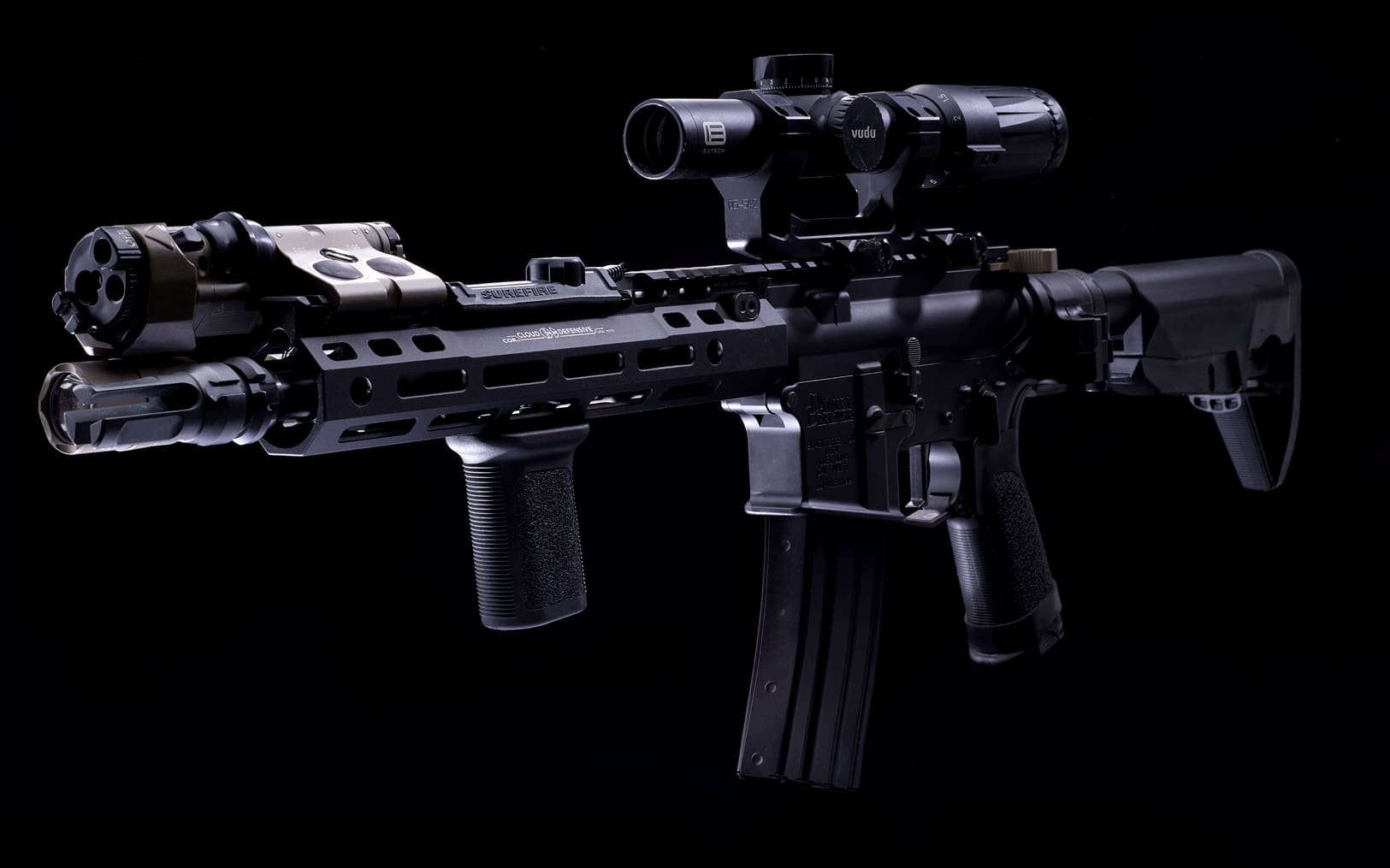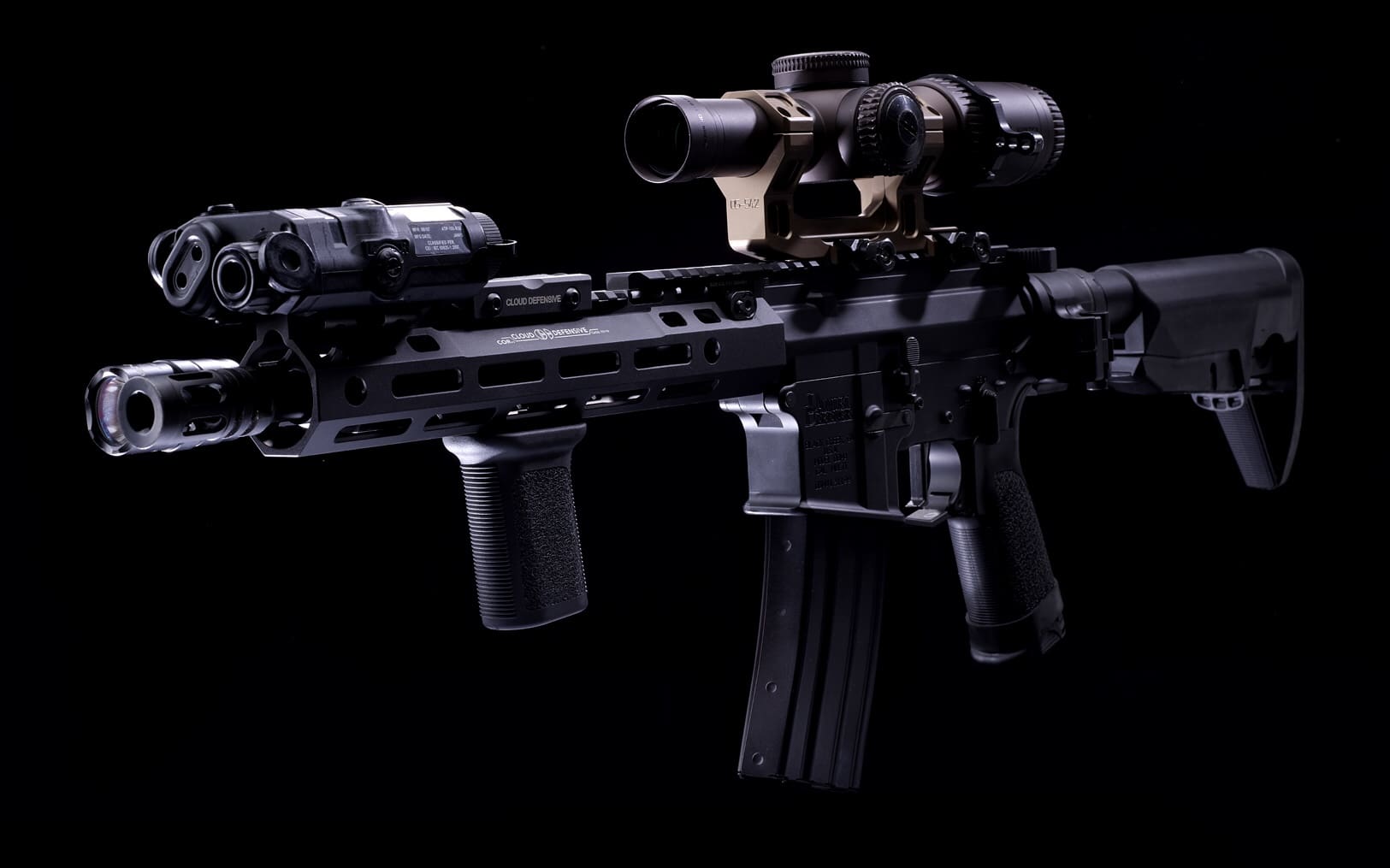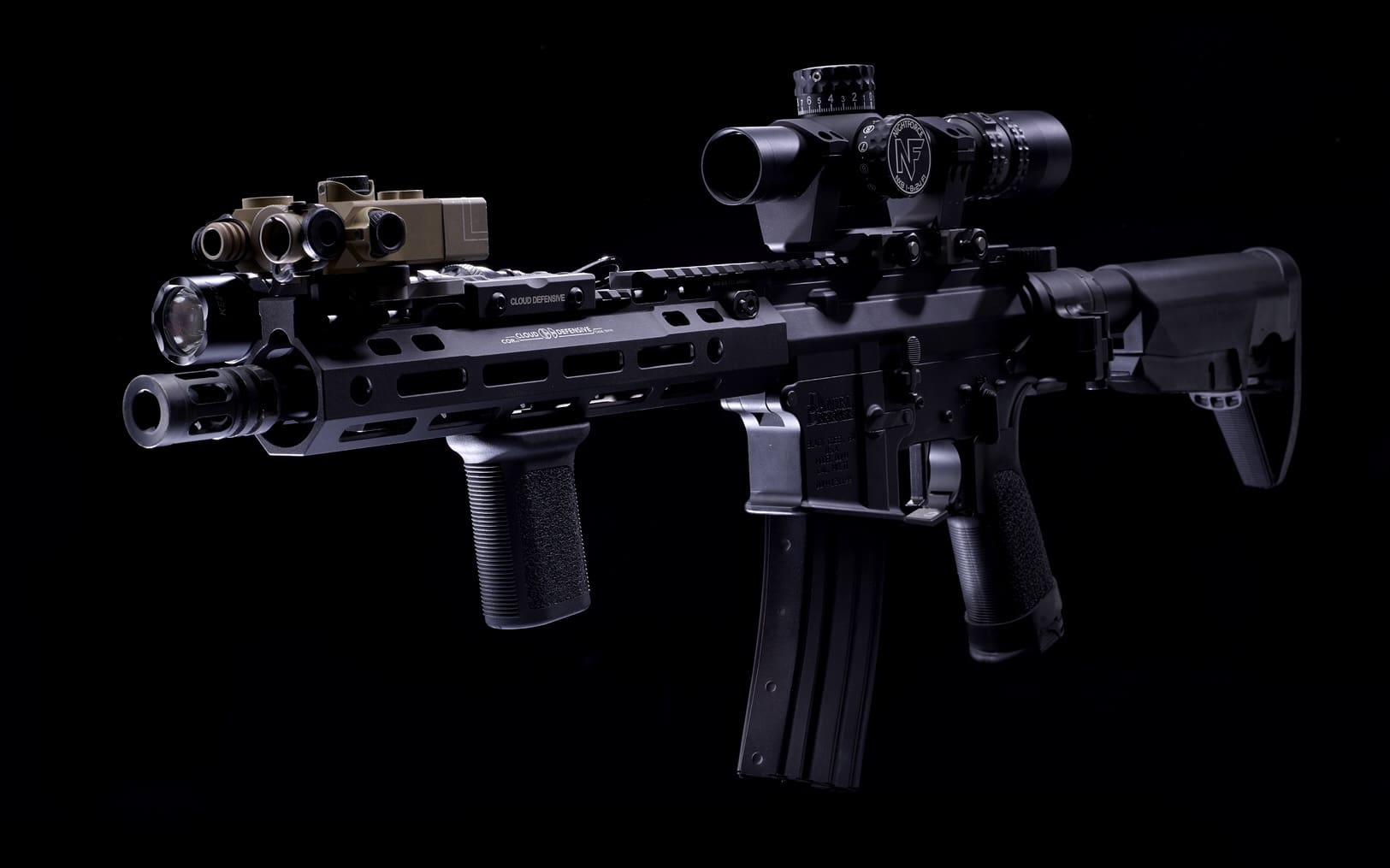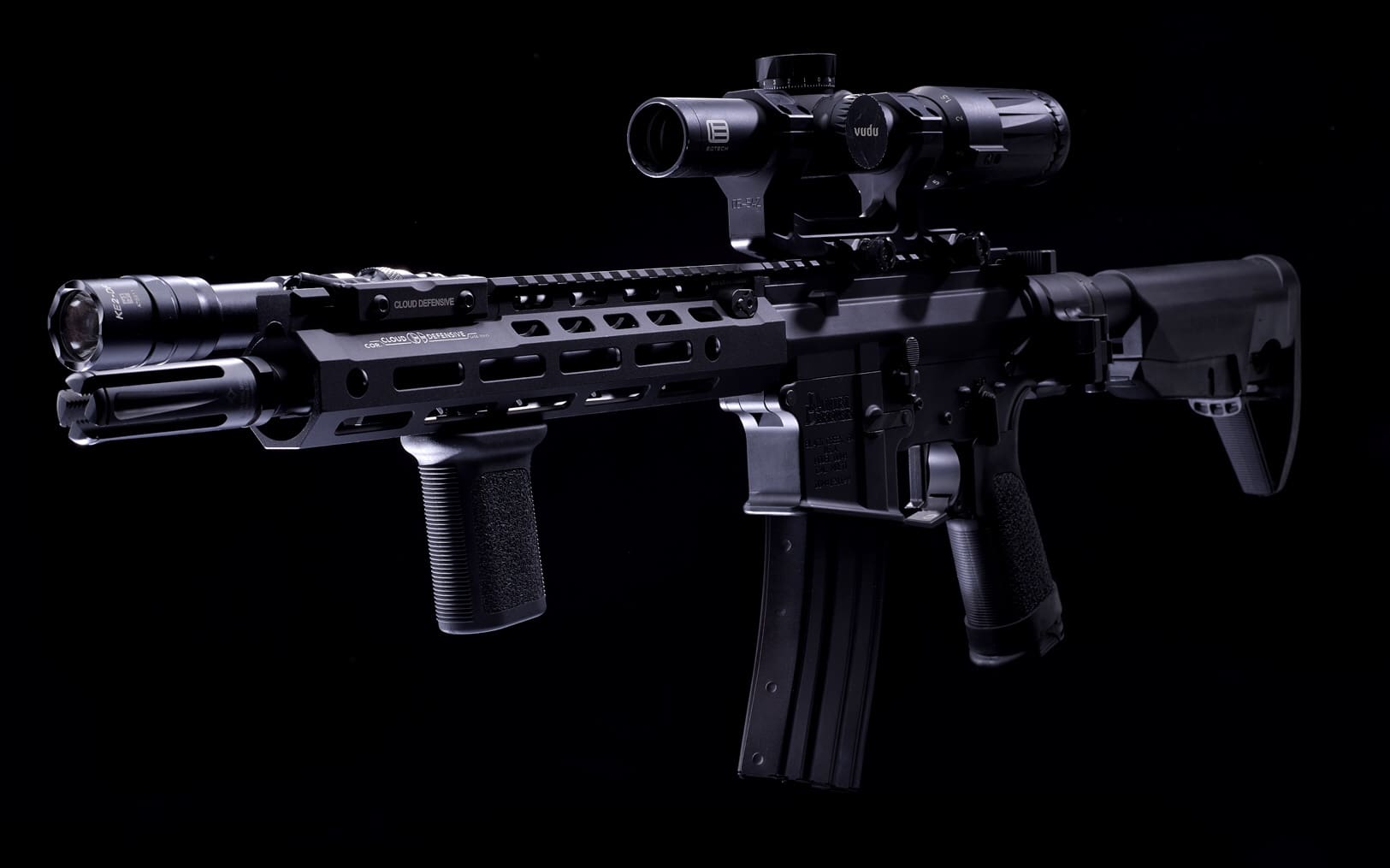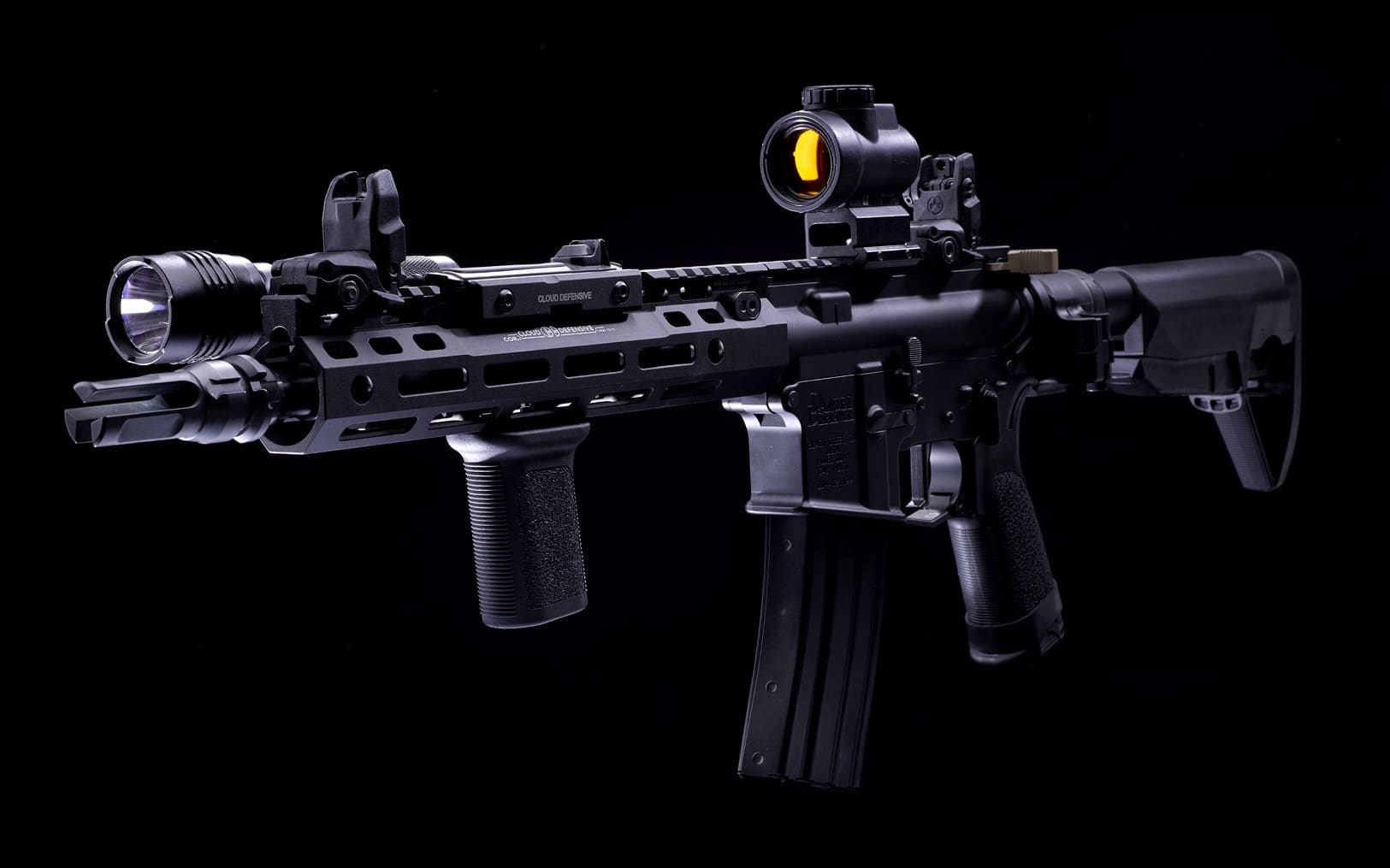
COLLEGE STATION – Our military should never fight a fair fight, and our first responders deserve the same edge protecting our local communities. Protect the Force (PTF) is doing exactly that, driving innovative solutions in textiles and composite materials to enhance the safety of our military and first responders. President Trump recently stated at the International Association of Chiefs of Police conference, “We are making sure you (first responders) have the equipment you need to do the job,” including providing access to Department of Defense (DoD) technology. That is the exact mission of the DoD Domestic Preparedness Support Initiative’s Defense to Response Technology Transition Program (D2R).
PTF was recently named one of the top three technologies in the D2R program, their second time in the past three years, with their No-Contact Shield Cover technology. The No-Contact Shield Cover provides a personal force field, using e-taser fabric to ensure personal protection for the end-user. The No-Contact Shield Cover now enters the nine-month Defense to Response program to transition to the response market. The D2R program, operated by the Texas A&M Engineering Extension Service (TEEX) includes two months of market intelligence and responder focus group meetings, followed by three months of operational testing and evaluation. Once the no-contact shield is TEEX TESTED®, the Spring and Summer of 2019 will be dedicated to branding, marketing, and distribution partnerships, with the end goal of transitioning the No-Contact Shield Cover from defense to response.
PTF’s Flex9Armor Shirt was selected as one of the 2017 Defense to Response winners, after being named one of the U.S. Army’s Top Innovations in 2016. Utilizing lightweight, composite material, the Flex9 Armor shirt incorporates multiple, small, overlapping panels compared to the traditional large, single armor plates currently in use. The Flex9 Armor Shirt is a TEEX TESTED® ballistic shirt that is 30% lighter than conventional armor and gives mobility back to the user.
Securing the domestic force, whether our law enforcement officers, correctional officers, first responders or emergency medics is the goal of Protect the Force and the No-Contact Shield Cover and Flex9Armor Shirt. Protect the Force is a Mission Ready Solutions, Inc. company located in Jacksboro, TN. If you and your department are ready to enhance officer safety, look no further than Protect the Force where innovation is transitioned from Defense to Response.
About the Domestic Preparedness Support Initiative
In the Office of Assistant Secretary of Defense for Homeland Defense and Global Security, Domestic Preparedness Support Initiative’s (DPSI) congressionally mandated mission is to identify, evaluate, deploy and transfer DoD technology and equipment to federal, state and local responders.
Through this Initiative, the DoD fulfills Congress’ intent to support public safety and homeland security by leveraging taxpayer investments in defense technology and equipment. We seek to protect and secure the homeland by sharing expertise, equipment and technology, as appropriate, across military and civilian boundaries. Partnerships and communication between the Department of Homeland Security (DHS), the Department of Justice (DOJ), and first responders are critical for success in this important mission.
About the TEEX Product Development Center
The Product Development Center, a center within the Texas A&M Engineering Extension Service, helps manufacturers, product developers, inventors, entrepreneurs, and businesses move products from an idea or concept to the global marketplace. The Center serves as a gateway to the engineering expertise, experienced market analysts, laboratories, and real-world facilities of The Texas A&M University System to ensure a product or technology stays on the path to commercialization. Using the proven process of THINK | BUILD | SELL, the PDC helps companies develop methodologies, recruit subject-matter experts, assess partnerships, and test and evaluate their products. The Center also offers TEEX TESTED™, an unbiased, third-party testing and validation that a technology performs reliably in real-world conditions. Learn more at teexpdc.com.
